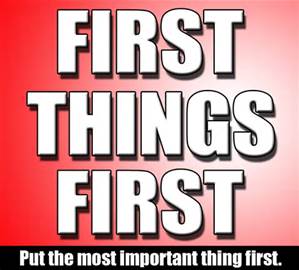If you’ve been reading the first seven installments in this series, you probably realize owning a business is more complicated than most people believe. Yes, you can just hang a sign and get started, but becoming as successful as you dream you can be takes more than that.
One bit of advice we offer clients is to build key relationships. Yes, you need capable, qualified people around you within your organizational structure. They are the backbone of your corporate culture. You also need professional people as counselors outside of your company.
Your banker or financial institution comprises one piece of that advisory board. That person needs to know what’s going on within the business so they can be supportive during lean times and offer suggestions to enhance your margins. For that to happen, you need to communicate with them on a consistent basis.
Same goes for your Certified Public Accountant (CPA). This individual may not need to meet with you on a monthly basis, but he or she is available to provide guidance on cash flow and other aspects of your financial statements.
A third piece of your advisory panel is your legal counsel. Attorneys are there to minimize your risk and protect your assets. Have yours review legal documents such as contracts, non-disclosure agreements, and yes, even your advertising to prevent any legal liability. It’s better to pay legal fees up front than to lose your company over a technicality.
Your insurance agents are part of your team as well. Meet with them whenever something changes in your business, such as acquisition of a new piece of equipment. Make sure you have adequate coverage for eventualities, and trust that person to scale back on premiums when they can (as President Reagan often said; Trust But Verify!).
We would be remiss to not include your marketing and business consultant. Engaging the right people saves you money, and helps you make money in the process. Ask for recommendations and interview the candidates for your comfort level instead of taking the first one you meet.








